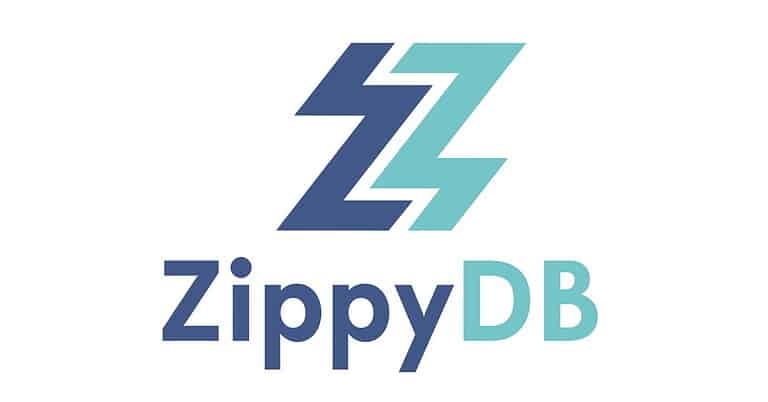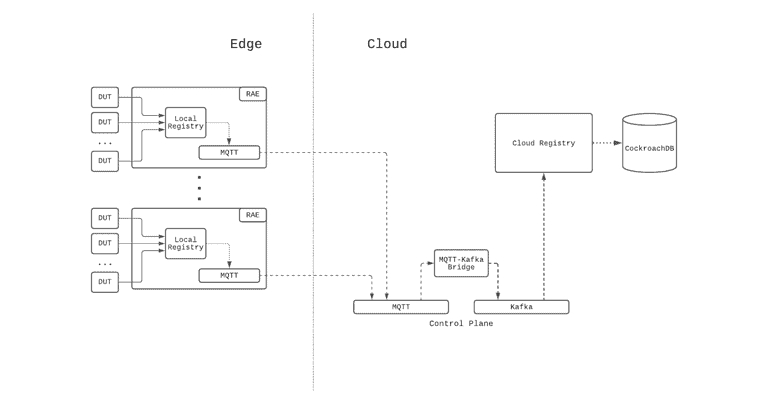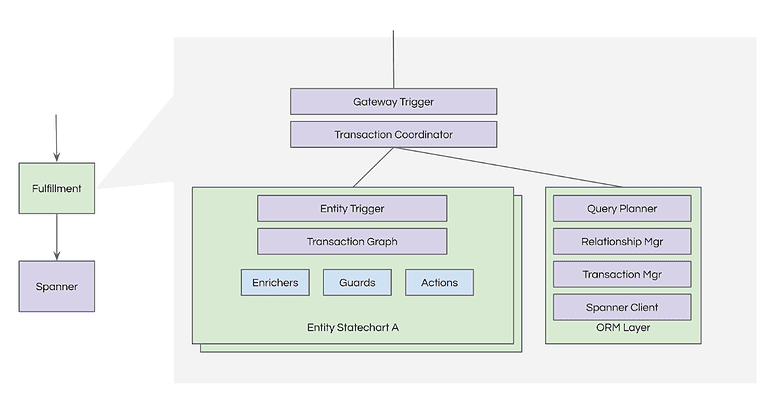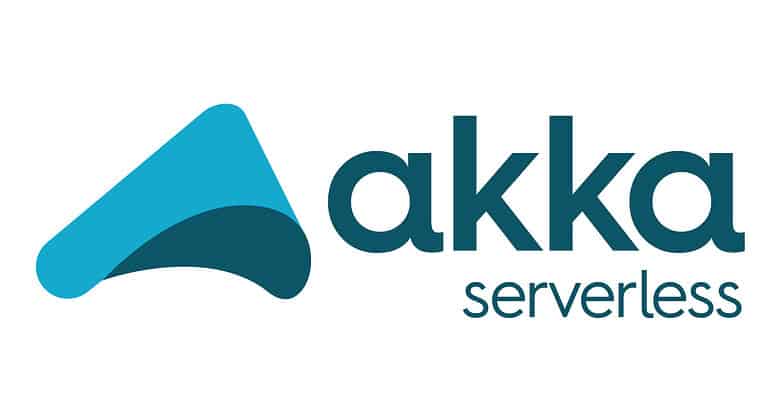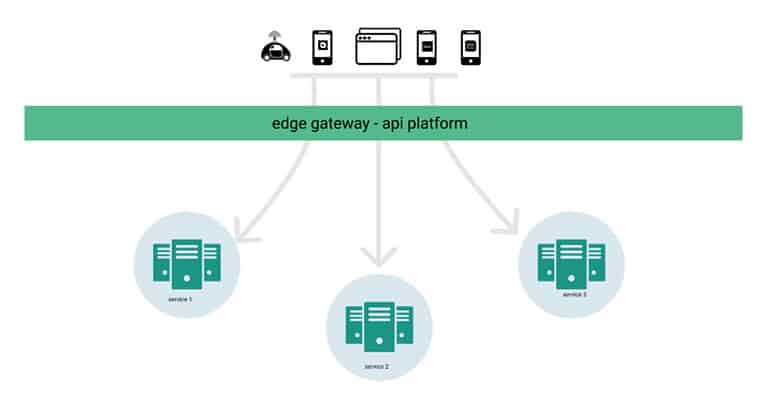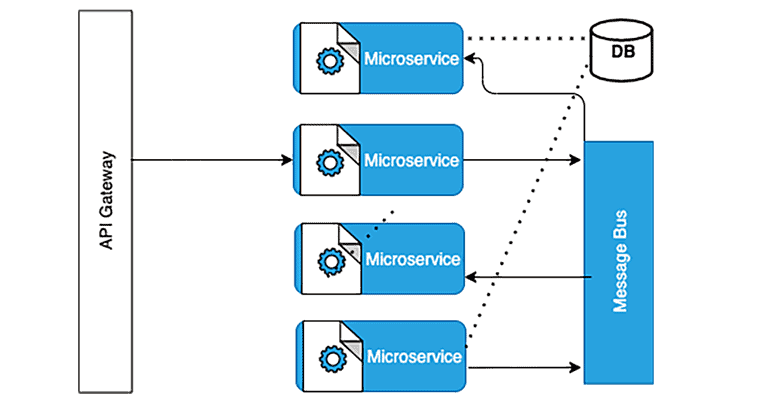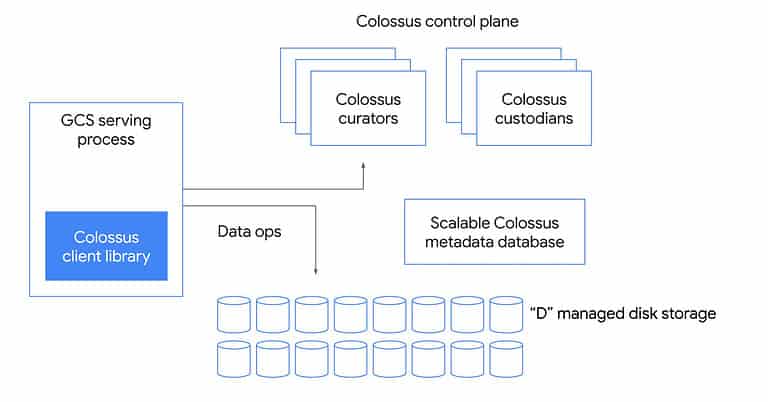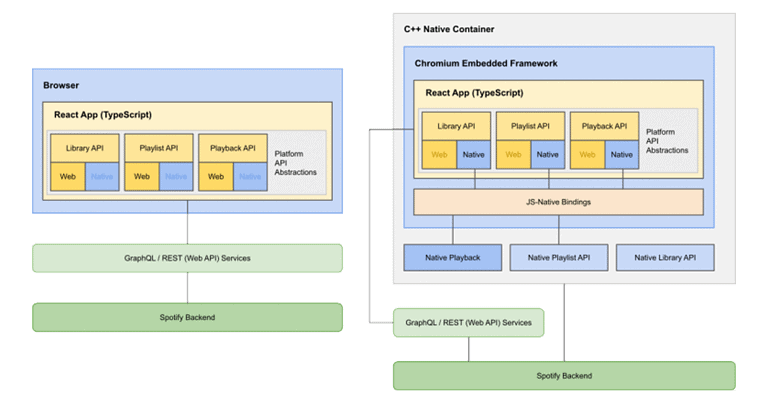ZippyDB: The Architecture of Facebook’s Strongly Consistent Key-Value Store
Facebook Engineering recently published how it built its general-purpose key-value store, known as ZippyDB. ZippyDB is Facebook’s biggest key-value store, which has been in production for more than six years. It offers flexibility to applications in terms of tunable durability, consistency, availability, and latency guarantees. (Read more on InfoQ)

